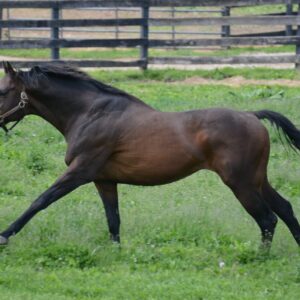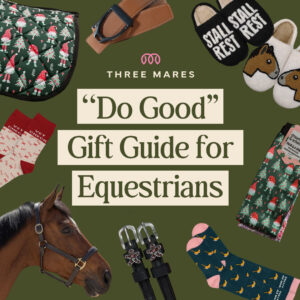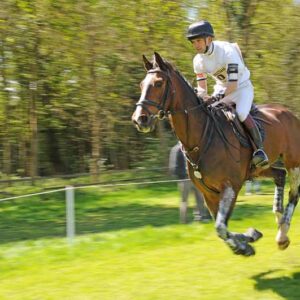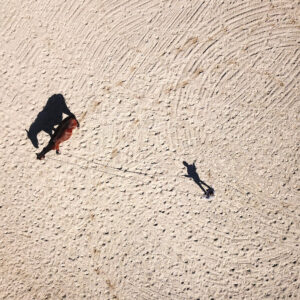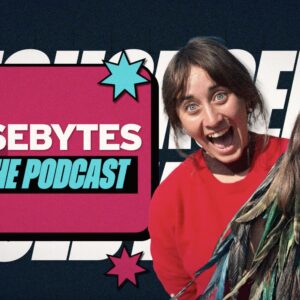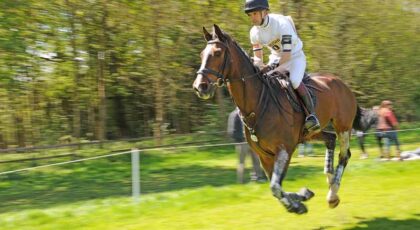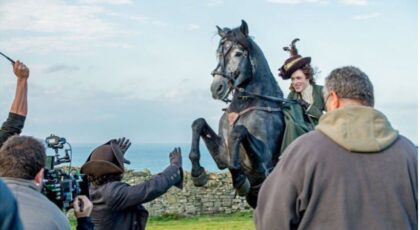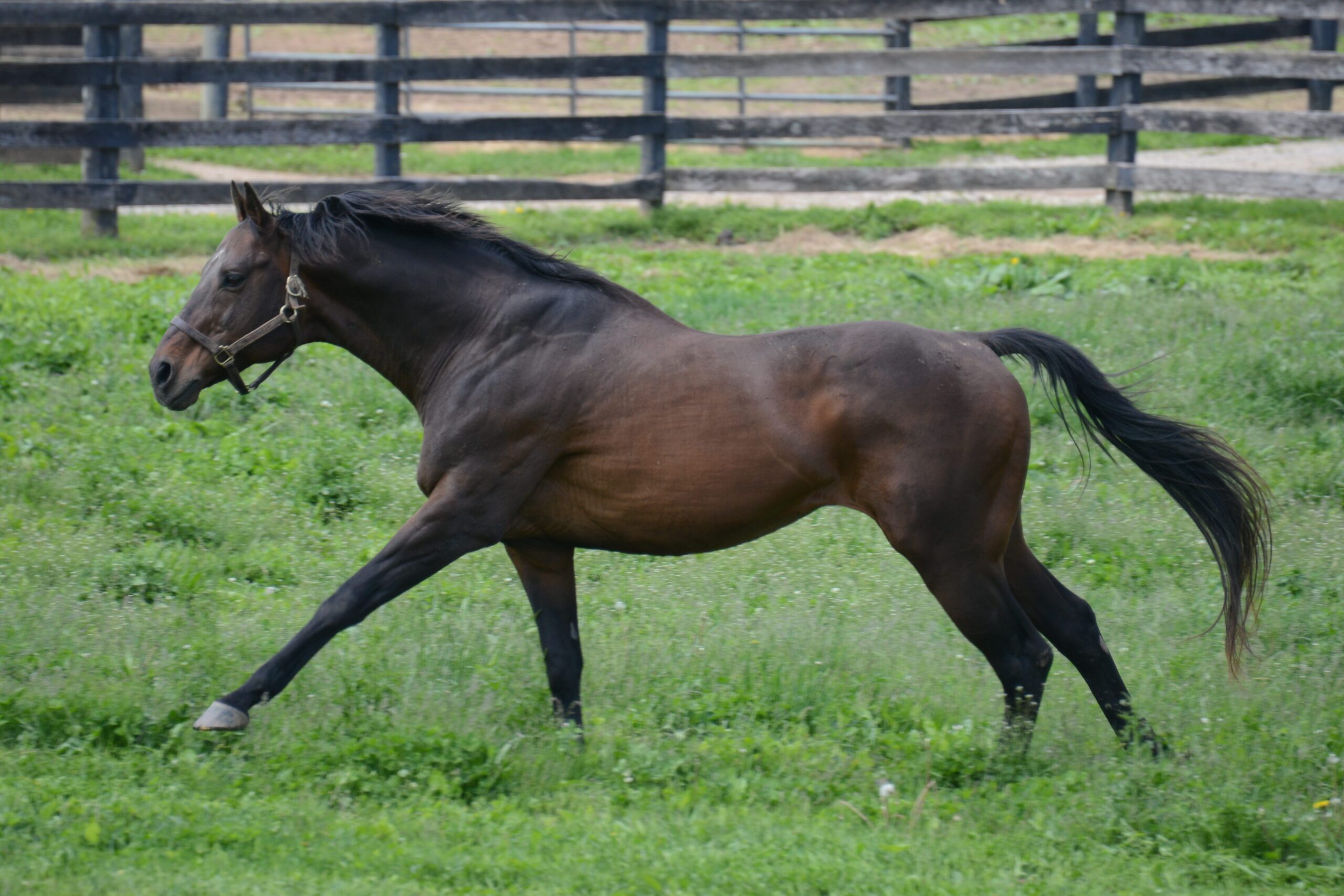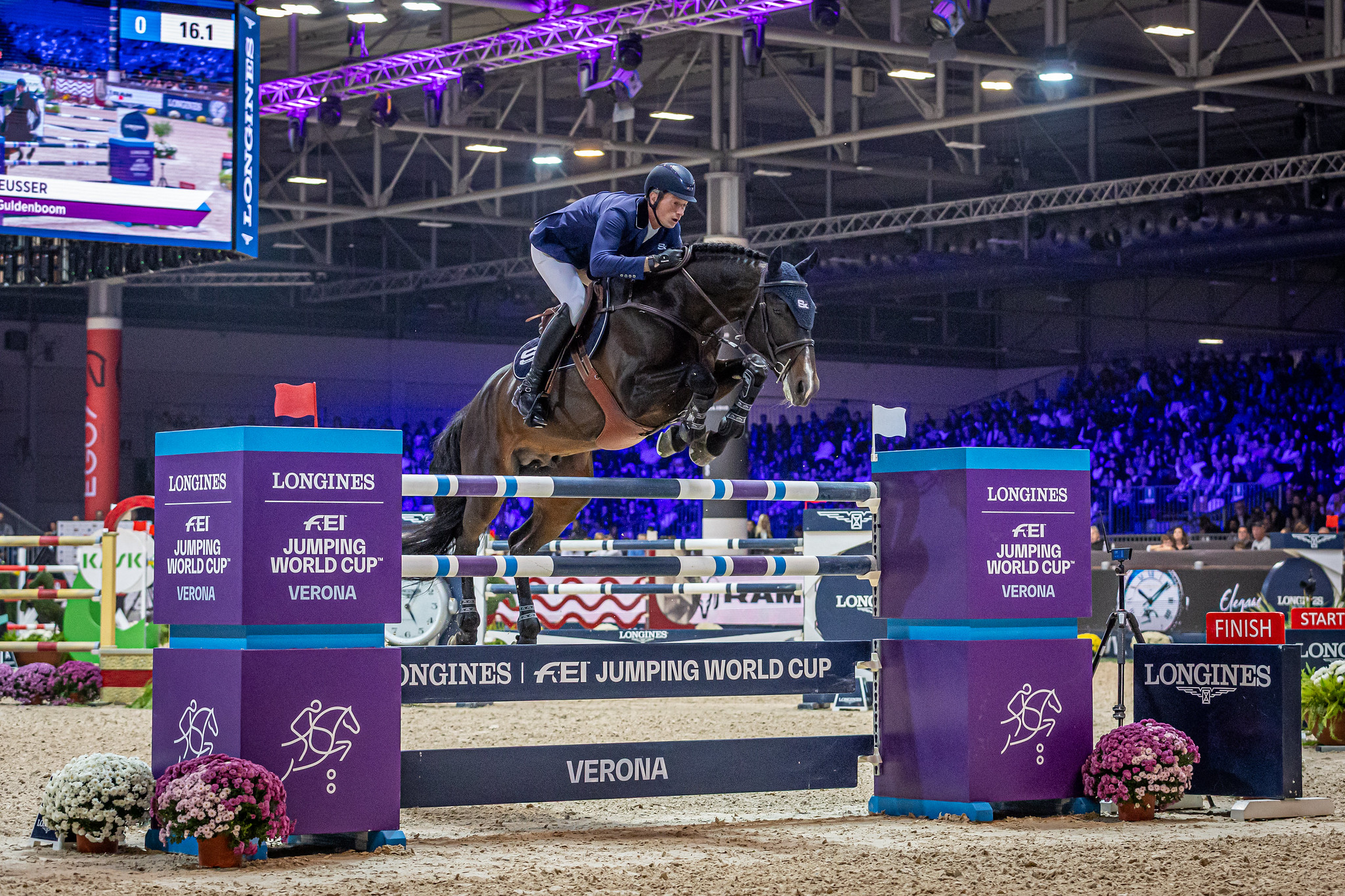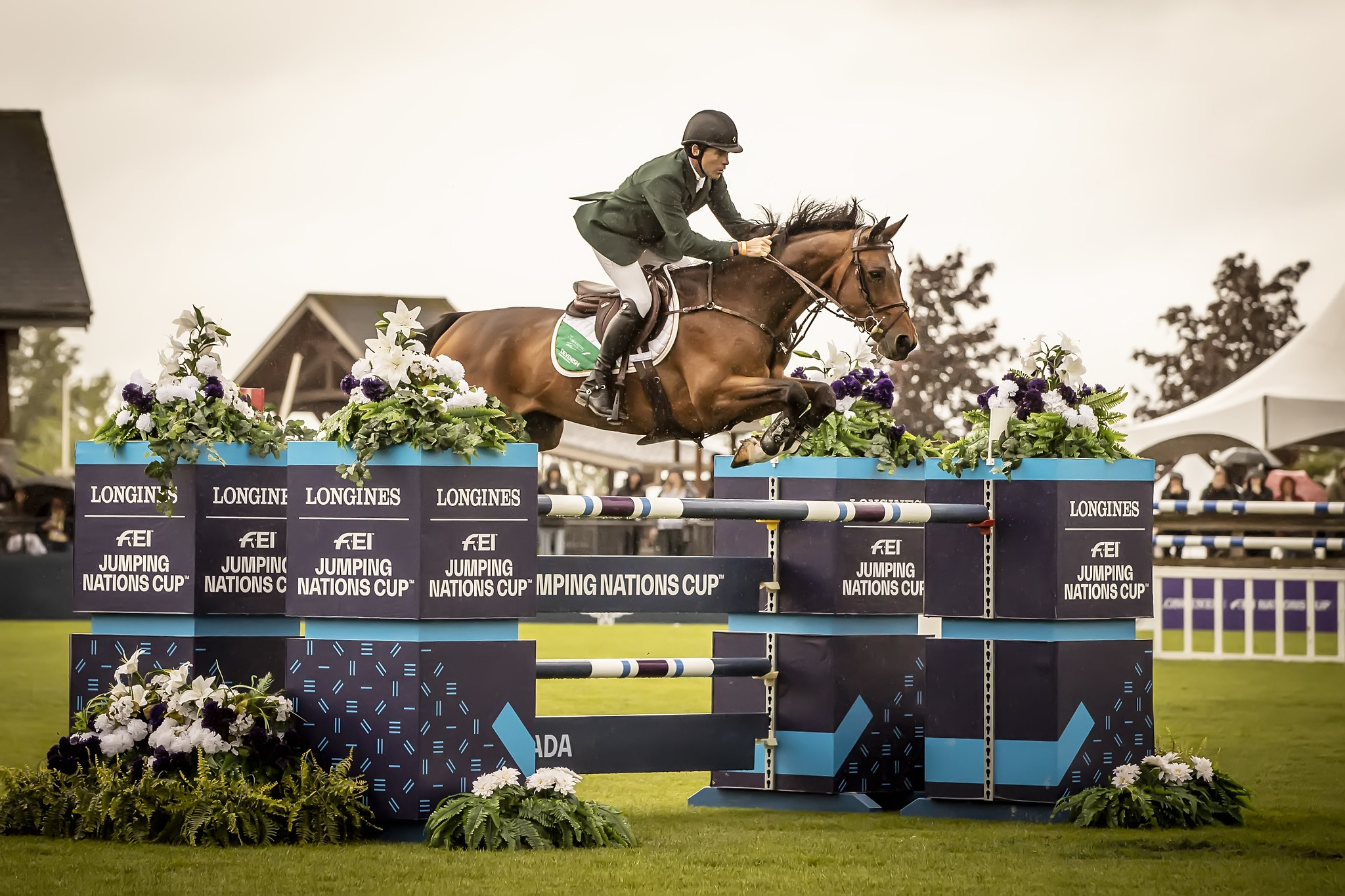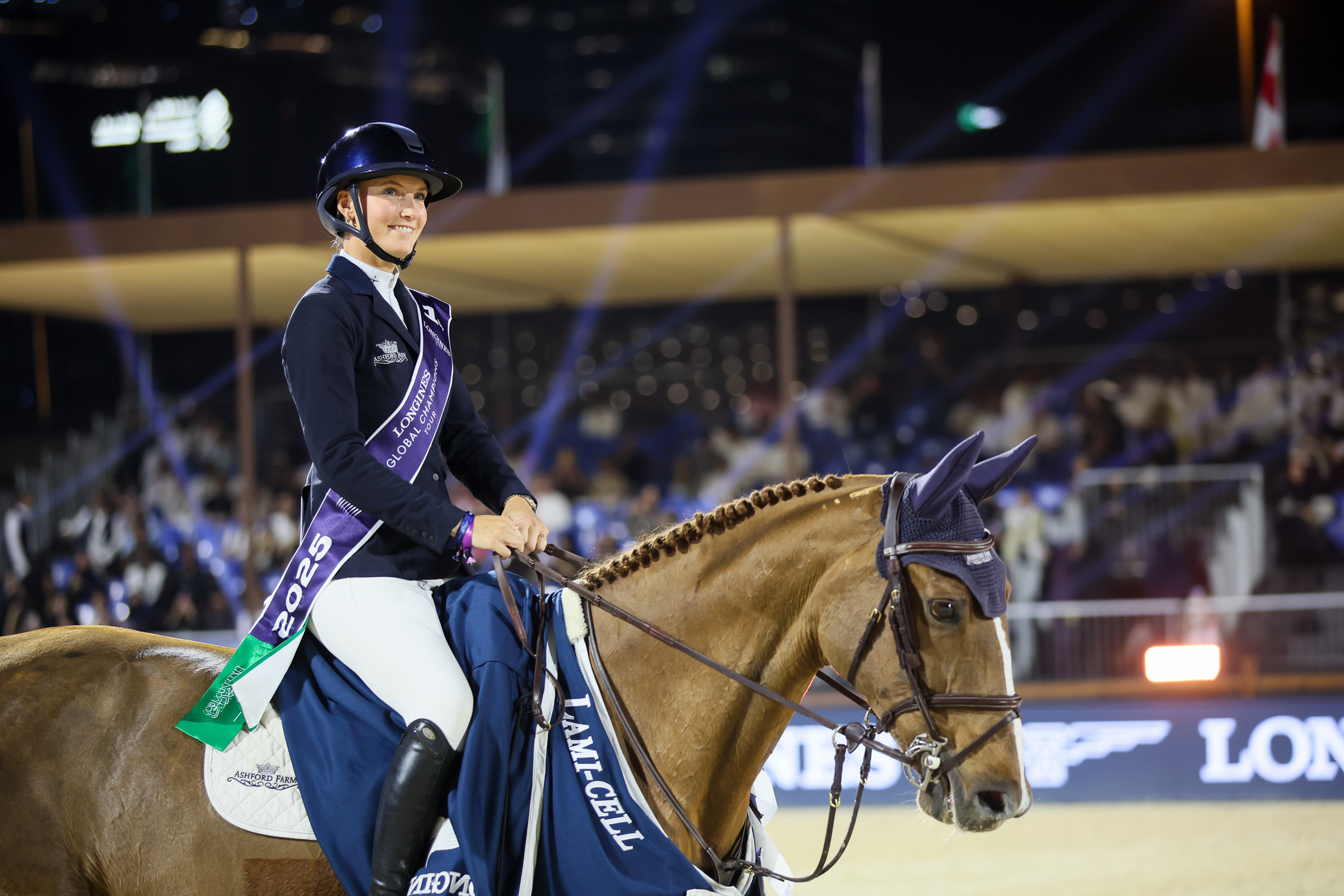As you can see from my Horse Network posts so far, new baby horses offer a million details to consider.
We’ve talked about catching, tying, settling in, approaching from behind, and lifting feet. And that’s only the tip of the iceberg. Next in our line-up is brushing.
April Fools! How about instead of another detail, we hop on True and ride?
This is my favorite part of meeting every horse: seeing what she has to teach me, hearing what she has to say about herself and her experiences, discovering her strengths and weaknesses, finding her quirks, exploring what she has learned from past riders. Horses always tell the truth about these things, if you know how to listen. (People frequently tell me they rarely give their horses edible indiscriminate treats. Ha!) We can do some evaluation from the ground, of course, but nothing substitutes for true discovery like a ride.
True had two months of under saddle training when I bought him. There’s a lot involved in “under saddle” work—saddling, bridling, round penning, longeing, halter groundwork—so I’m guessing only about half that time was spent with a person on his back. True was comfortable being saddled and bridled, he stood quietly for mounting, and he knew how to stop, go, and steer. Well, kinda. Then he was turned out to pasture for a couple months while I arranged passage to his new home.
For our first ride here, I choose a time when the arena is empty and the nearby pastures are quiet, then step on True and settle gently into the saddle. I ask him to wait for further instruction, stroking his neck for waiting, then ask him to move forward.
Riding a new horse for the first time, I notice a hundred things every minute. I love this part of training—the initial evaluation, the getting-to-know-you.
At a walk, True is surprisingly calm for a green three-year-old. He doesn’t yet reach for a fluid walk with shoulders and hips swinging. Instead, he takes small steps and prefers a slow pace at this point. He walks straight lines down the arena rail, but is unsure about corners. Corners are almost always a stumbling block for newbies, and True’s breeder’s arena was oval—there weren’t any corners for him to experience.
True’s trot is smooth thanks to his conformation, but slower than I prefer. When I ask him to move out, he does. He doesn’t know how to carry himself yet, so even just a slightly faster trot is all strung out. The forehand hardly knows what the hindquarters are doing. He pulls himself forward with his shoulders instead of pushing himself up from behind, and his middle feels like empty air. His head is way too high and his neck is stiff, no matter how gently I try to soften him.
This stiffness is a very common feature of nervousness in the young new horse and will go away with time, training, and good hands. We teach horses where and how to carry their heads, whether we intend to or not.
By riding him through various requests, I “ask” True whether he knows a sitting trot, a slow jog, a two-point position, a half-halt. He doesn’t. Does he know various paces of walk and trot? Nope.
He understands direct rein pressure for left and right turns, but doesn’t know how to bend around a turn or bring an inside hind leg farther forward for better balance. He halts awkwardly, and his feet end up all splayed out like a hog on ice. Such a cute hog, though!
The canter makes me chuckle. He trots into it, of course, not knowing canter departs yet. And he doesn’t readily take the canter. I sense some reluctance to move forward off my leg into the canter. This is important, because the young horse’s first kindergarten lesson under saddle is to move forward off the rider’s leg.
Like most babies, True’s canter pace is deeply inconsistent—too fast, then too slow, gallop, break to a hard flat trot, back and forth. Kind of like a dancer trying to match an evil DJ who changes from Bach to the Rolling Stones to Billie Eilish at random. True has almost no steering at the canter in this new arena, although he steered well at his breeder’s arena when I tried him there. His budding knowledge hasn’t transferred yet to different places, times, riders, or situations. Like most babies, True leans much too far inward on his turns, especially at the canter.
In a 15-minute initial ride, I now have a list of basic goals that will take months to achieve. The objectives are known. I praise True for his efforts and cooperation, and put him away till tomorrow, smiling at the many gifts of discovery. He doesn’t know it, but our mission is now set and the training program can begin.
Now I need to know more about how he learns.
Brain-Based Horsemanship is a weekly column that chronicles Janet Jones, PhD, and her journey with True, a Dutch Warmblood she trained from age three using neuroscience best practices. Read more about brain-based training in Jones’ award winning book Horse Brain, Human Brain.
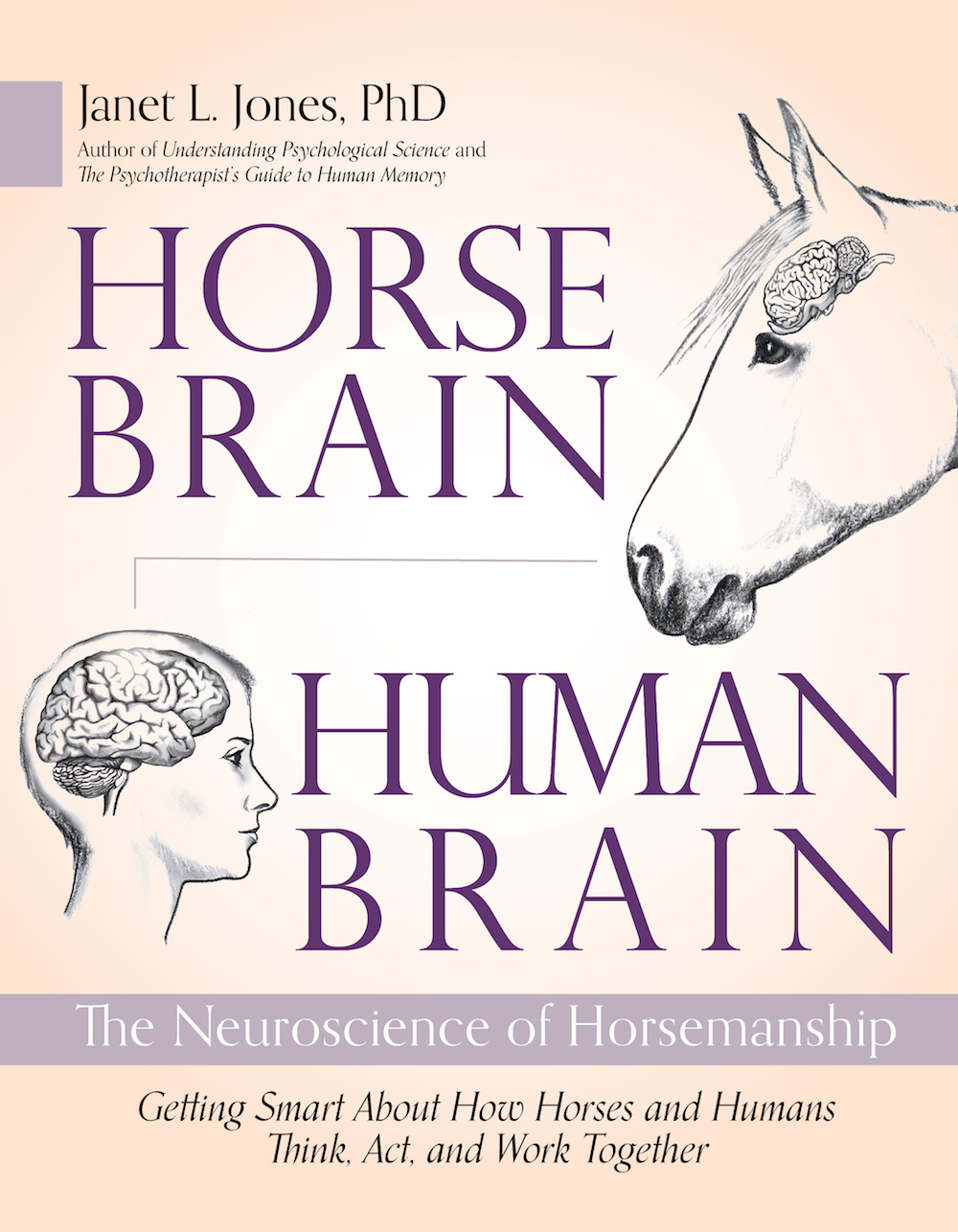
A version of this story originally appeared on janet-jones.com. It is reprinted here with permission.


 March 29, 2023
March 29, 2023 






